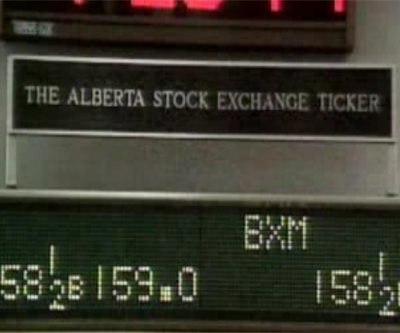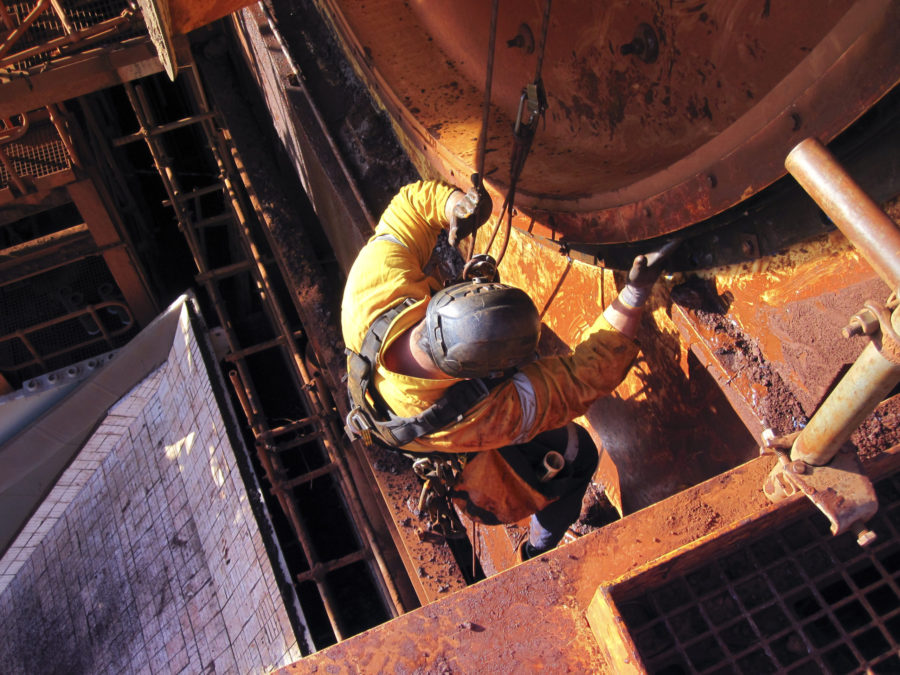Bre-X scandal: A history timeline

This infographic documents the rise and fall of Bre-X.
From initial private offerings at 30 cents a share, Bre-X stock climbed to more than $250 on the open market. Near the peak of Bre-X share prices, major banks and media were on board:
The Peak
It was touted by media and banks as the “richest gold deposit ever”
In December 1996, Lehman Brothers Inc. strongly recommended a buy on “the gold discovery of the century.”
Major mining companies such as Barrick Gold, Placer Dome, and Freeport-McMoRan Copper & Gold, among other top producers, fought an epic battle to get a piece of Bre-X’s Busang deposit.
Indonesia’s Suharto regime managed to grab 40% of the deposit for Indonesian interests.
Fidelity Investments, Invesco Funds Group, and other mutual-fund companies piled into the stock.
J.P. Morgan bankers talked up Busang in a conference call in which Bre-X’s top geologist predicted the deposit might contain a staggering 200 million oz of gold, worth over $240 billion in 2014 prices. Morgan declined to comment.
Egizio Bianchini, stock broker and one of Canada’s top gold analysts, said “What most people are now realizing is that Bre-X has made one of the great gold discoveries of our generation.”
The Timeline:
1989: David Walsh founded Bre-X Minerals Ltd. in 1989 as a subsidiary of Bresea Resources Ltd.
1993: Walsh followed the advice of geologist John Felderhof and bought a property in the middle of a jungle near the Busang River in Borneo, Indonesia.
1994: Initial drill results were encouraging, and the drill program was ramped up.
1994: However, it was the project manager, Michael de Guzman, who was filing gold from his wedding ring and mixing the flakes in with the crushed core samples.
De Guzman used realistic ratios of gold to rock to not set off alarm bells, and to keep project going forward.
Over the next 2.5 years, de Guzman would buy $61k of panned gold from locals to use in salting.
Independent auditors that were sent in by large institutional investors found that the panned gold had rounded edges, but de Guzman explained it was because of “volcanic pool” theory.
De Guzman, Felderhoff and Walsh sell off a small portion of their options for $100 million
1996: Bre-X hits a snag with the Indonesian government, who claimed that Bre-X was not playing by the “rules” of the country. Bre-X’s exploration permits are revoked.
1997: January fire at Busang destroys many of the sample records.
1997: After many major miners express interest in Bre-X, eventually a joint venture is reached that gives Indonesia 40% share, Bre-X 45%, and Freeport McMoRan a 15% share of interests.
1997: Freeport begins due diligence on deposit and starts to twin holes that were already drilled.
1997: Freeport reports “minor amounts of gold” in some holes, but not much else.
1997: On his way to meet the Freeport due diligence team, de Guzman mysteriously falls to his death 600 ft from a helicopter. Police rule it a suicide.
1997: Shares of Bre-X crash.
1997: Report confirms that there is no gold at Busang, and samples were tampered with.
{{ commodity.name }}
{{ post.title }}
{{ post.date }}





Comments
Ektor
Excellent example of buy for any reason at any cost.